Dhubri Tourism
Search related to Assam Tourism

Dhubri is a city in the state of Assam, located in the westernmost part of the state. It is situated on the banks of the Brahmaputra River and is bordered by Bangladesh on three sides. The city has a rich history and cultural heritage.
History
The history of Dhubri can be traced back to the ancient period, and it was an important center of trade and commerce during the medieval period. The city was ruled by various dynasties, including the Kachari Kingdom, the Koch Kingdom, and the Ahom Kingdom. In the 19th century, Dhubri came under the British rule and became a part of the Bengal Presidency. After India's independence, Dhubri became a part of the state of Assam.
Geography
Dhubri is located at an elevation of 30 meters above sea level and covers an area of 2,838 square kilometers. It is surrounded by the Brahmaputra River on one side and is bordered by Bangladesh on the other three sides. The city has a tropical climate, with hot summers and mild winters.
Demographics
Dhubri has a diverse population consisting of different ethnic and religious groups. The majority of the population is made up of Bengali-speaking Muslims. The city also has a significant population of Bengali-speaking Hindus, Assamese, and Nepali-speaking people.
Economy
Dhubri is primarily an agricultural city, with rice, jute, and vegetables being the main crops grown in the region. The city is also known for its cottage industry, with weaving and handloom being popular among the locals. The Brahmaputra River also plays an essential role in the city's economy, with fishing and transportation being significant activities.
Culture
Dhubri has a rich cultural heritage, with a blend of different traditions and customs. The city is famous for its Baul music, which is a form of folk music popular in Bengal and Bangladesh. The city is also known for its traditional dance forms, including the Satriya dance and the Bihu dance.
Tourism
Dhubri has several places of tourist interest, including the Dhubri Ghat, which is a popular spot for boating and fishing. The city is also known for its historic temples and monuments, including the Mahamaya Temple, the Chakrashila Wildlife Sanctuary, and the Dhubri Fort.
- State :
- Assam
How to Reach Dhubri
Complete List of Tehsils in Dhubri District, Assam
| S.No | Tehsil / Taluk Name | District Name | State Name |
|---|---|---|---|
| 1 | Agamoni | Dhubri | Assam |
| 2 | Agomoni | Dhubri | Assam |
| 3 | Bagribari | Dhubri | Assam |
| 4 | Baitamari | Dhubri | Assam |
| 5 | Bilasipara | Dhubri | Assam |
| 6 | Chapar Salkocha | Dhubri | Assam |
| 7 | Debitala | Dhubri | Assam |
| 8 | Debitola | Dhubri | Assam |
| 9 | Dhubri | Dhubri | Assam |
| 10 | Fekamari | Dhubri | Assam |
| 11 | Golakganj | Dhubri | Assam |
| 12 | Golakganj S.o. | Dhubri | Assam |
| 13 | Golokganj | Dhubri | Assam |
| 14 | Mahamaya | Dhubri | Assam |
| 15 | Mankachar | Dhubri | Assam |
| 16 | Raniganj | Dhubri | Assam |
| 17 | Rupshi | Dhubri | Assam |
| 18 | Rupsi | Dhubri | Assam |
| 19 | Salkocha | Dhubri | Assam |
| 20 | Salmara South | Dhubri | Assam |
| 21 | South Salmara | Dhubri | Assam |
Discover Exciting Places to Visit in Agra, Uttar Pradesh - Your Ultimate Travel Guide
Are you ready to explore the wonders of Agra, Uttar Pradesh? From the majestic Taj Mahal to hidden gems waiting to be discovered, our travel guide unveils the most captivating
Explore Exciting Places to Visit in Mumbai, Maharashtra - Your Ultimate Travel Guide
Ready for an adventure? Mumbai, in the beautiful state of Maharashtra, is packed with amazing places waiting to be explored! From iconic landmarks to hidden gems, Mumbai has something for
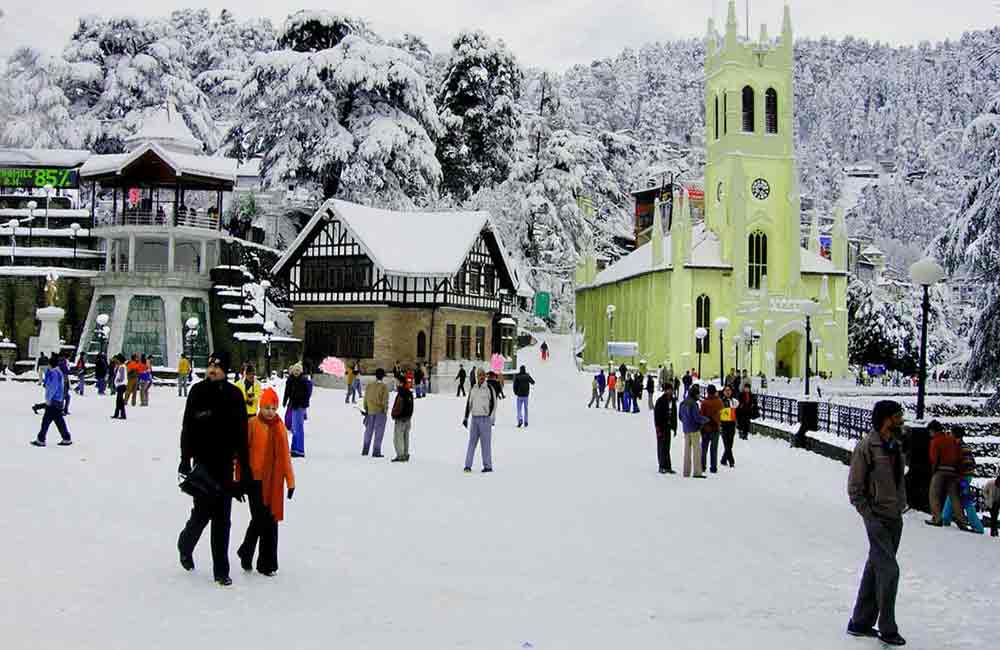
Explore the Wonderful Places to Visit in Manali, Himachal Pradesh - Your Ultimate Guide!
Ready for an exciting adventure? Discover the places to visit in Manali, Himachal Pradesh! From snowy mountains to lush valleys, there's something for everyone. Plan your trip now and explore
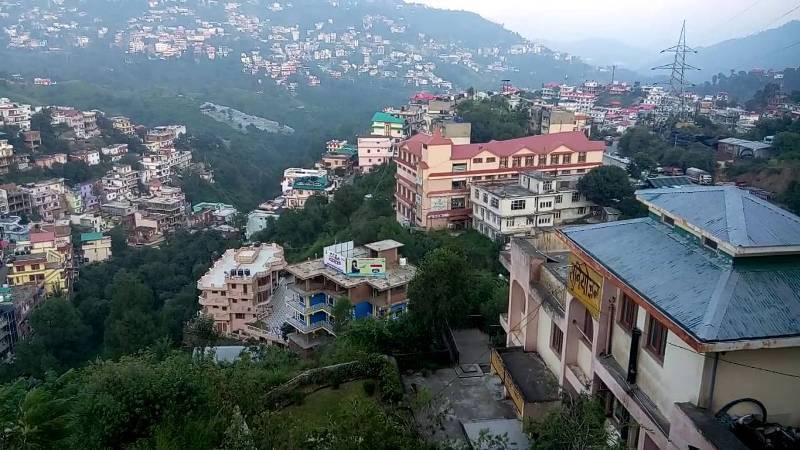
Places to Visit in Solan Himachal Pradesh - Explore the Best Tourist Spots
Discover the enchanting beauty of Solan Himachal Pradesh by exploring its myriad tourist spots. Whether you're seeking adventure or tranquility, Solan has something for everyone. From lush green valleys to
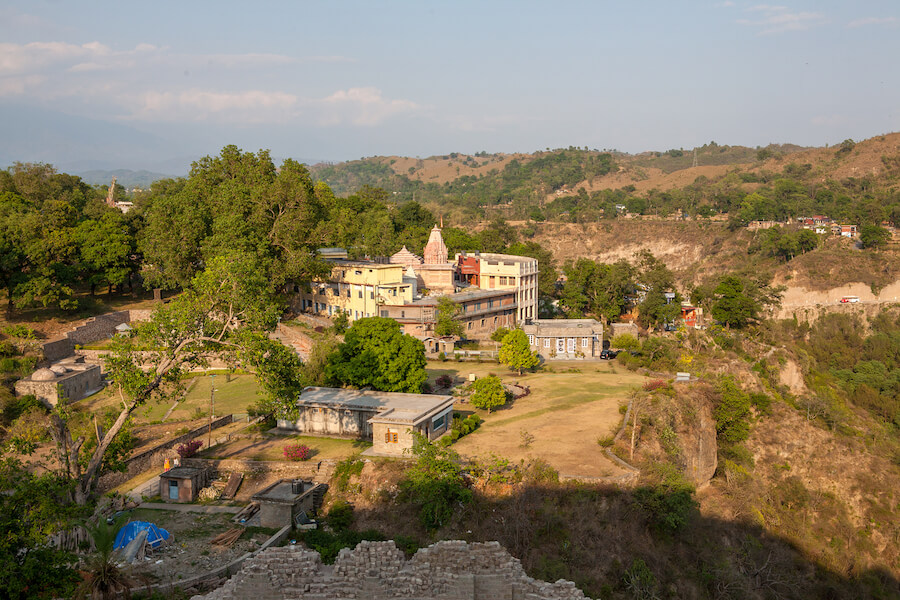
Discover the Best Places to Visit in Kangra, Himachal Pradesh: A Traveler's Guide
Ready for an exciting journey? Kangra, Himachal Pradesh welcomes you with open arms! Explore ancient temples, lush landscapes, and more in this enchanting valley. Let's uncover the best places to
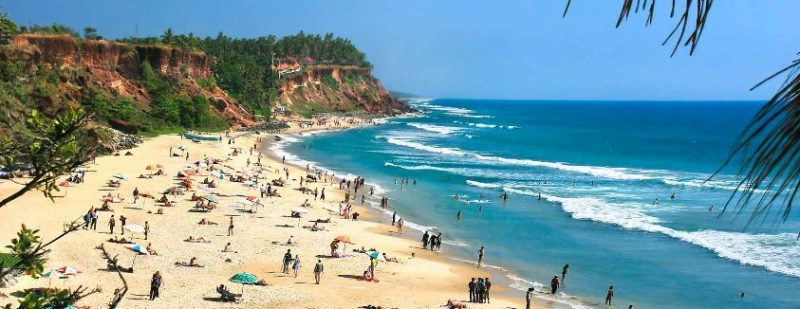
Explore Incredible Places to Visit in Varkala, Kerala: A Guide
Are you ready for an adventure? Varkala in Kerala is waiting for you! Discover the magic of this beautiful place with our guide to the best places to visit. From
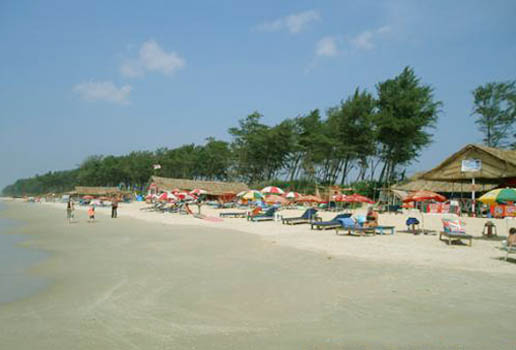
Explore Panaji, Goa: Discover the Best Places to Visit in the City
Ready for an adventure? Panaji, located in Goa, is packed with exciting places to visit. From ancient forts to picturesque beaches, there's never a dull moment in this lively city.
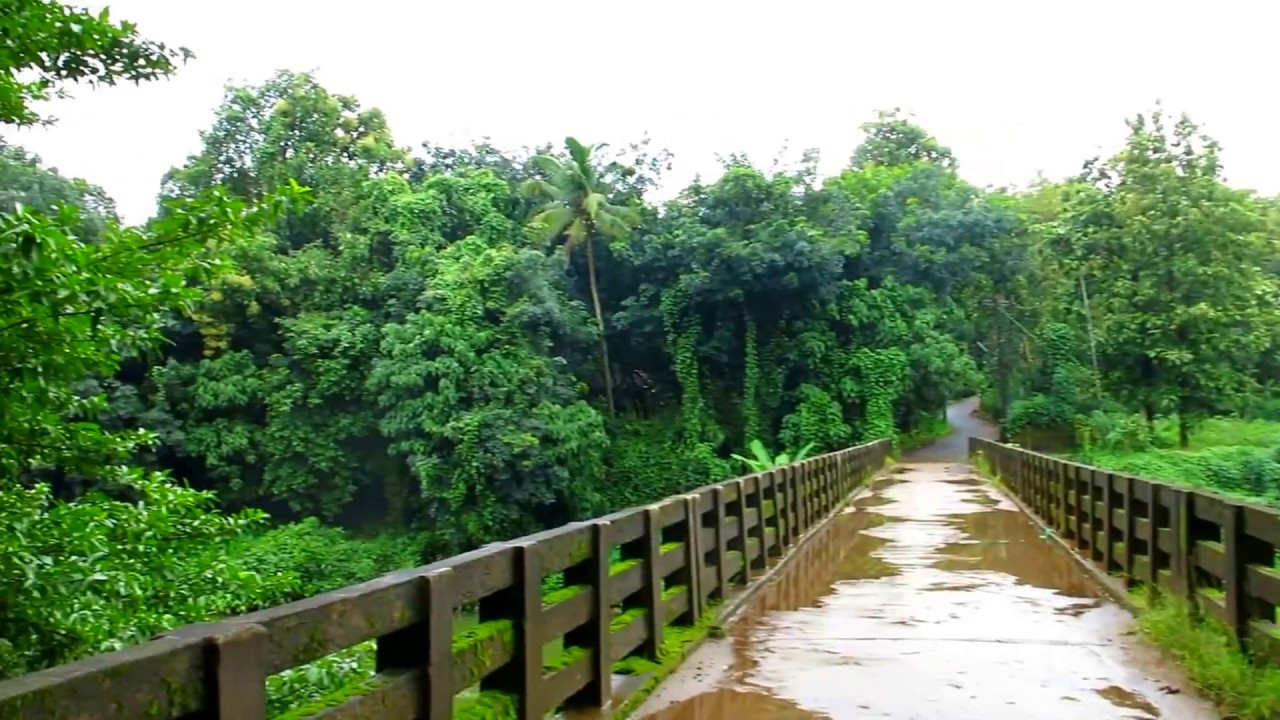
Explore the Best Places to Visit in Thrissur, Kerala – A Perfect Guide for Your Next Adventure!
Are you ready to explore Thrissur, Kerala? Get ready for an exciting journey through this vibrant city! Discover its rich history, stunning landmarks, and fascinating culture. With our guide to
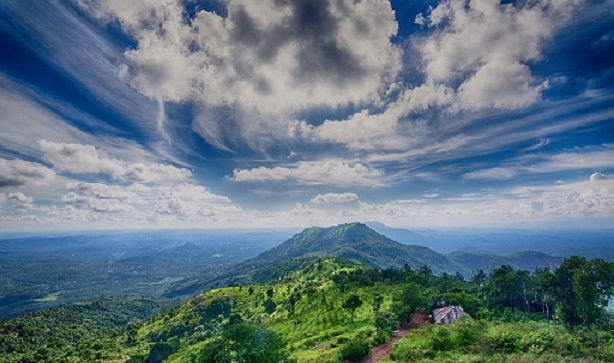
Explore the Best Places to Visit in Malappuram, Kerala - A Traveler's Guide
Dive into the beauty of Malappuram, Kerala with our ultimate travel guide! From picturesque beaches to fascinating historical sites, explore the best places to visit in Malappuram Kerala. Whether you're
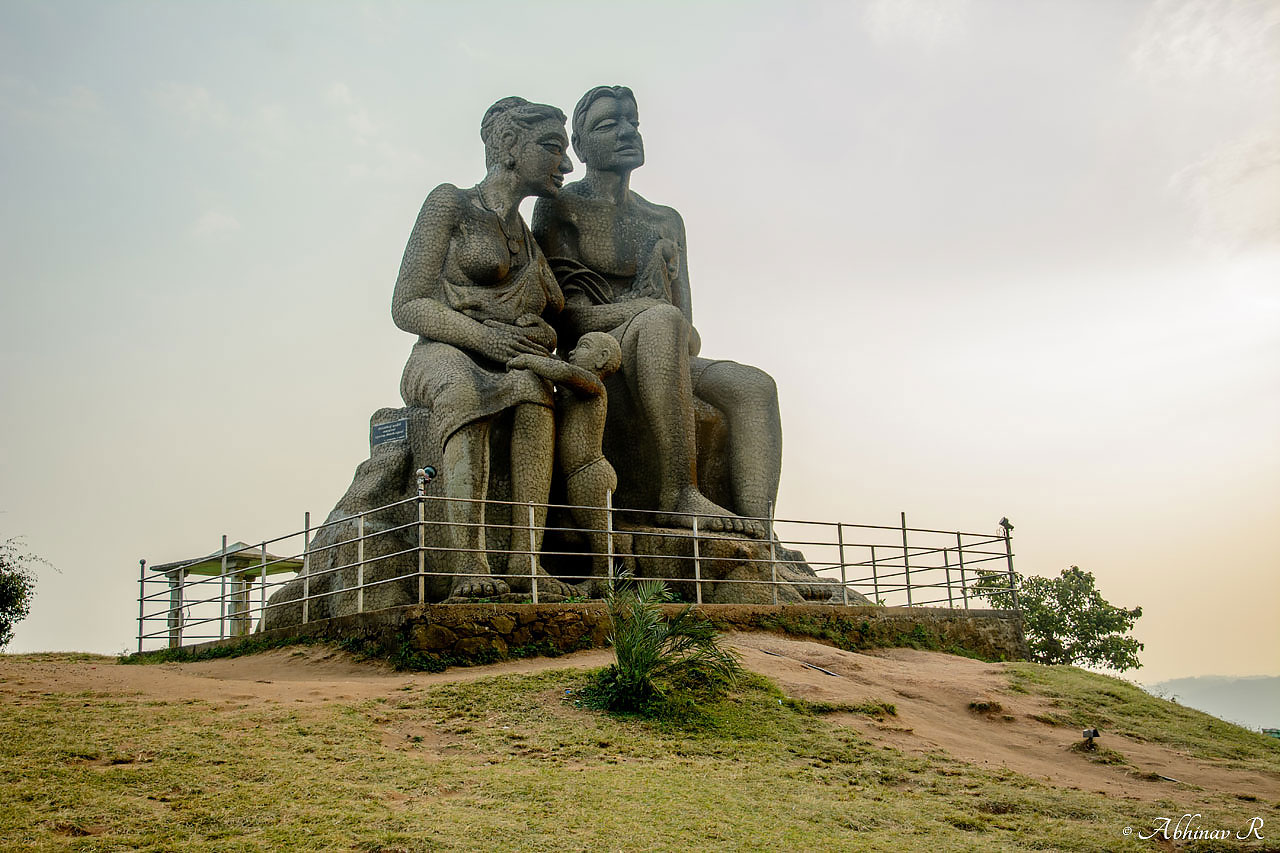
Explore the Best Places to Visit in Idukki, Kerala - A Traveler's Guide
Discover the mesmerizing beauty of Idukki, Kerala with our guide to the best places to visit. From breathtaking landscapes to serene lakes, explore the charm of this enchanting destination. Whether
Top Stories
-

Explore the Charming Attractions: A Comprehensive Guide to the Best Places to Visit in Tezpur
-

Archaeological Site Museum, Sri Suryapahar
-

Here is 1 Best Places to visit in Dispur in 2024 you must add in your Travel List
-

Here is Best Places to visit in Silchar in 2024 you must add in your Travel List
-

Here is 2 Best Places to visit in Tinsukia in 2024 you must add in your Travel List


